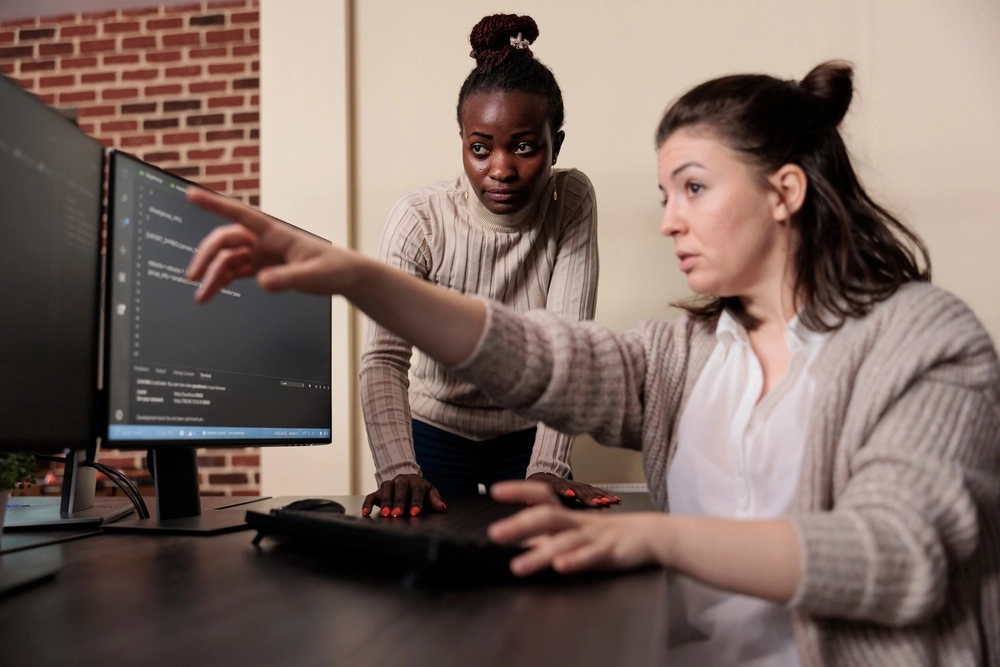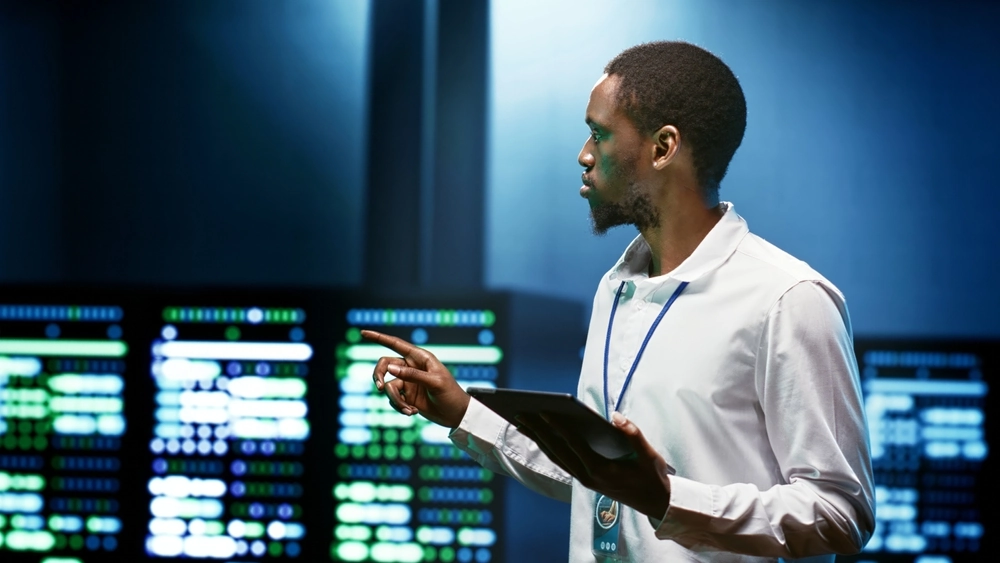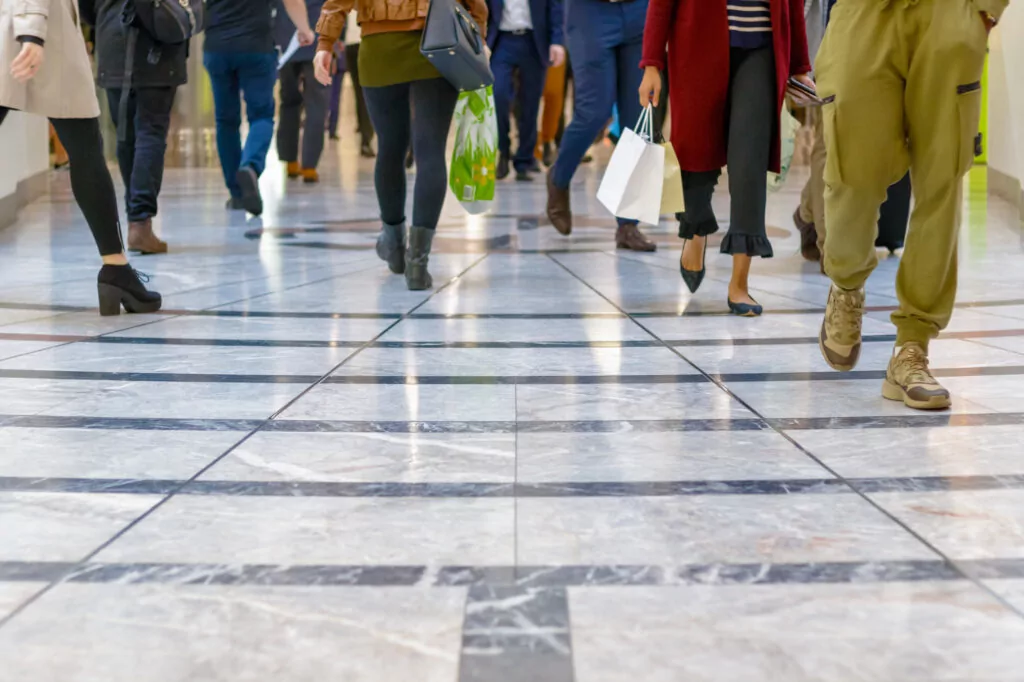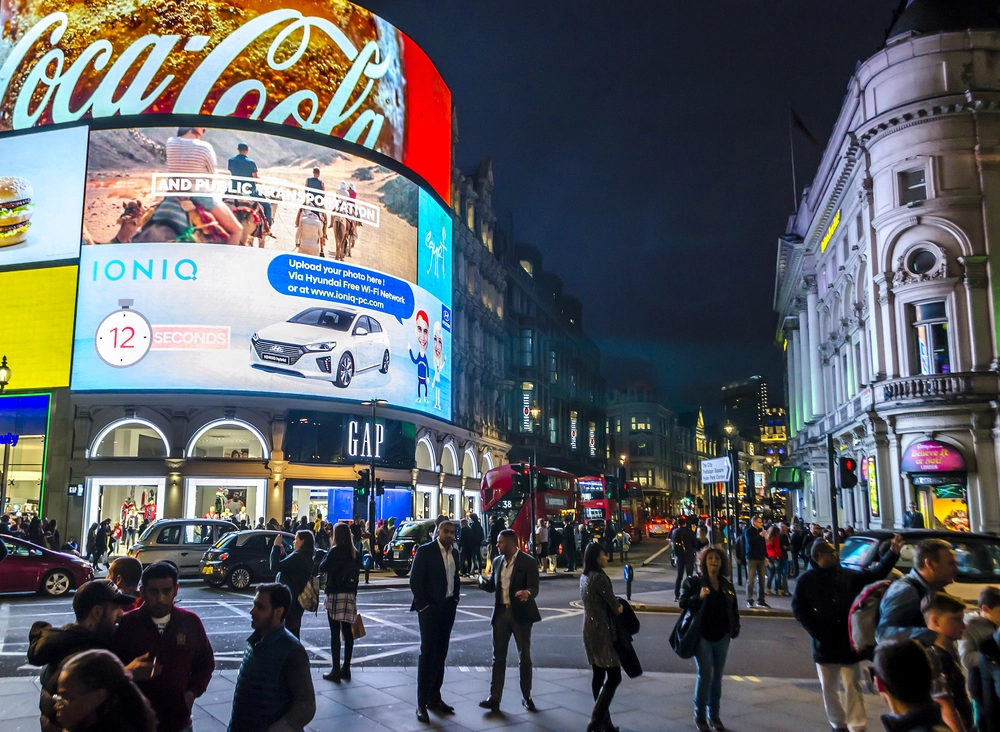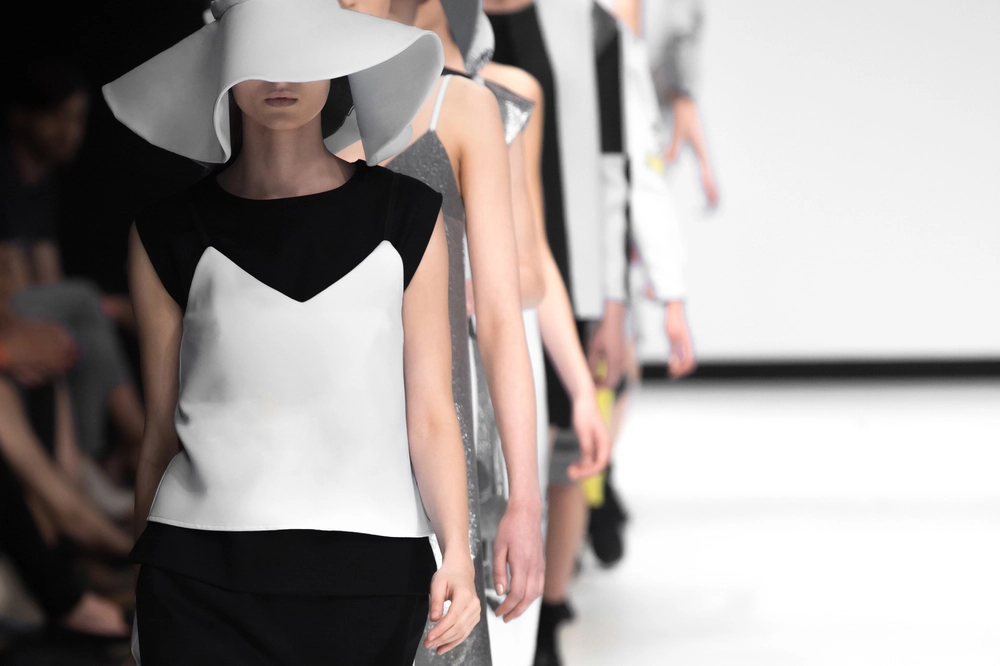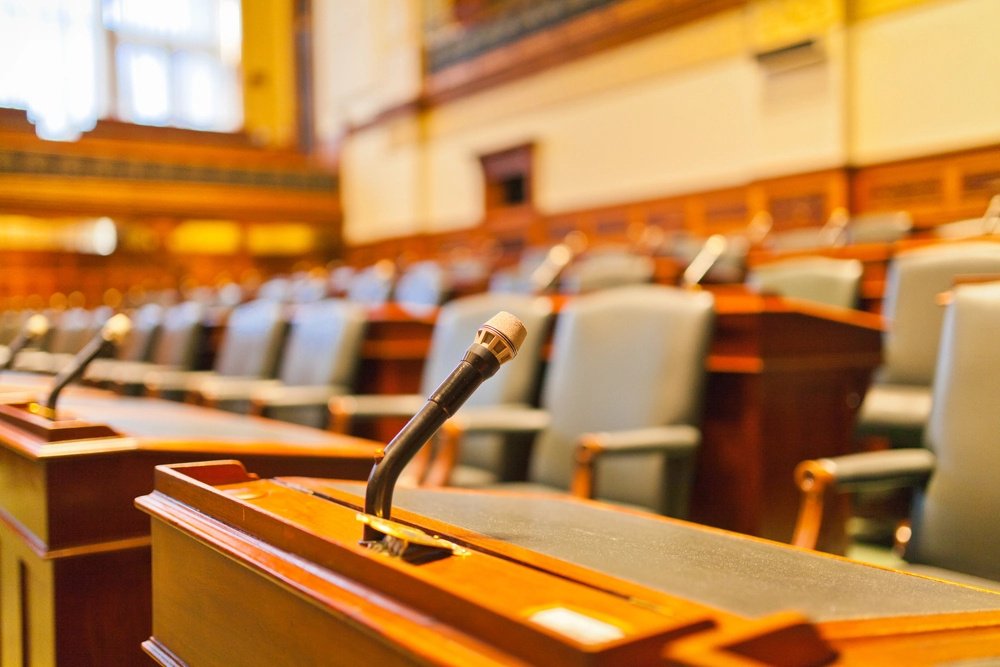
The Metaverse: How virtual reality provides a glimpse into the future for retailers
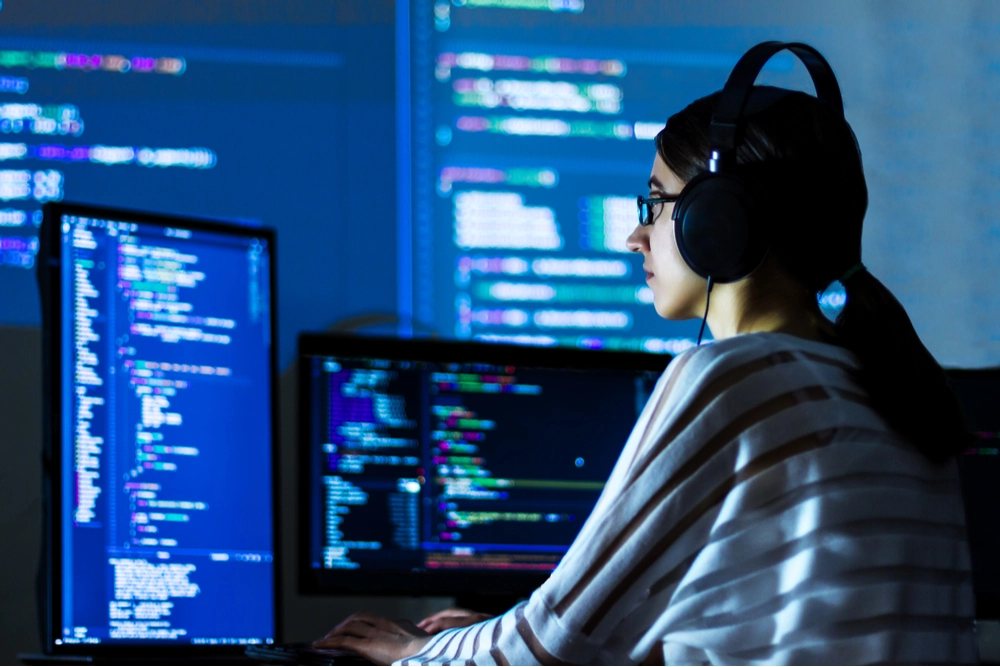
Imagine a future where we spend more time in the virtual world purchasing goods or services and attending virtual team meetings and events.
The virtual space is often described as the Metaverse and has been hailed as the new way in which we will experience the internet and interact with each other.
Businesses like Nike, Dolce & Gabbana and Estee Lauder, showcase and sell products in virtual stores.
The Metaverse represents an opportunity for retailers and other companies to expand into a new space, but there are also risks relating to the misuse of intellectual property rights. Some retailers are already discussing these risks and opportunities, with several retailers filing trade marks for virtual goods and services.
What is the Metaverse?
The Metaverse is a future virtual reality environment which has been describe as the new way in which we will interact with one another online. The internet has evolved from web 1.0 where there was limited opportunity to upload information to web 2.0 which is epitomised by social media, the platform economy and user created content. Web 3.0 will create more immersive social experiences online. Much like how the internet is not a single space, the Metaverse is the phrase being used to describe an upcoming set of internet-based apps and services which will make how we use the internet today look different. It will become more interactive and three dimensional.
Some aspects of the Metaverse already exist with Decentraland and Roblox giving an insight into what is possible in the virtual space. Opportunities are vast from opening a shop in a virtual environment and selling digital products for use in that environment to providing a 3D showroom to buy physical products that will be delivered in the real world. There are concerts and events that are already being hosted on Fortnite and it is expected that anything taking place in the real world could be replicated in a virtual space.
Opportunities
New space to showcase products
At the end of March, Decentraland hosted the first ever Metaverse Fashion Week, which included famous 'attendees' such as Selfridges, Dolce & Gabbana, and Tommy Hilfiger. Fashion shows included avatars sporting new designs in a unique showcase. Although attendance numbers in this Metaverse Fashion Week were not sky high, the media attention that brands received more than made up for it.
Brands are starting to take the Metaverse seriously which means that it is the space to drop new collections. It will also enable brands to rapidly bring collections of products to consumers in 3D and it could be the future of trade shows and exhibitions. Iterations of collections could be tested before collections are released and could inform decisions on if a collection should be made in real life. Data could be collected on customers pre-launch to estimate interest.
People are visiting the Metaverse in serious numbers. Seven million people have visited Nike's Metaverse Nikeland on Roblox which is a space for users to compete in games, kit their avatars in special Nike products and visit a Nike showroom. This highlights the potential products on display could relate to real world products or digital products for use on avatars, or even both. Balenciaga released designs for use on Fortnite, but the range also has physical products that can be worn whilst playing the game.
Better customer experience means fewer returns (in the real world)
It is also expected that use of the Metaverse will reduce the number of returns that retailers receive. This is due to the predicted increase of virtual stores which will make it easier for customers to visualise products. Rather than seeing 2D images of a model wearing the item, lifelike avatars could wear a 3D representation and smart mirrors in the Metaverse could mean that trying on multiple outfits becomes a painless experience. Eventually, you could even see yourself wearing the item in the Metaverse.
The possibilities of smart mirrors have already been explored in the real world. Using Detego's smart mirror you can identify the clothing that you would take into a changing room, see the colours and sizes available and receive recommendations about other items of clothing based on your personal preferences. The metaverse promises to provide a similar experience, only the changing room would be in your own home.
A new advertising space
There is now a new space for brands to advertise in. Just as social media has provided a way to craft targeted messages to a brand's core customers, the Metaverse will offer the possibility but in a far more lifelike way. Virtual events could include targeted advertising which is specific to the profile of an avatar and a certain location in the Metaverse. This could become increasingly important as similar brands seek to operate close to one another.
What are the IP issues that brands will face
As much as the Metaverse represents an opportunity for brands, it also presents several risks. Just as the emergence of social media has done, the Metaverse is another space in which brand enforcement will have to take place.
Unauthorised products
Counterfeit products could be created online and cryptocurrencies could make it harder to trace the origin of third parties. This could be a virtual product created to mimic a real life product, or even real life product based on a virtual product.
3D products and designs could be replicated without permission in the real world. This could lead to the misrepresentation that they are from an entity that is economically linked to the brand in the Metaverse.
What have some businesses done already?
Nike, Converse, Victoria's Secret, McDonalds and a number of other brands have already registered trade marks for software relating to digital products, retail store services featuring virtual goods, and entertainment services provided in a virtual space. These moves indicate just how seriously some brands are taking their business in the Metaverse.
Brands should consider registering trade marks for virtual goods even if they are not yet considering a presence in the Metaverse. Brands could see unauthorised use of trade marks in these digital spaces or copycat brands being made available. This unauthorised use can lead to confusion in the market place and dilution of a valuable brand.
John Shaw, Associate in the Intellectual Property team said: "The Metaverse is here, the key question is whether or not businesses are prepared for the opportunities and the risks which lie ahead."


















